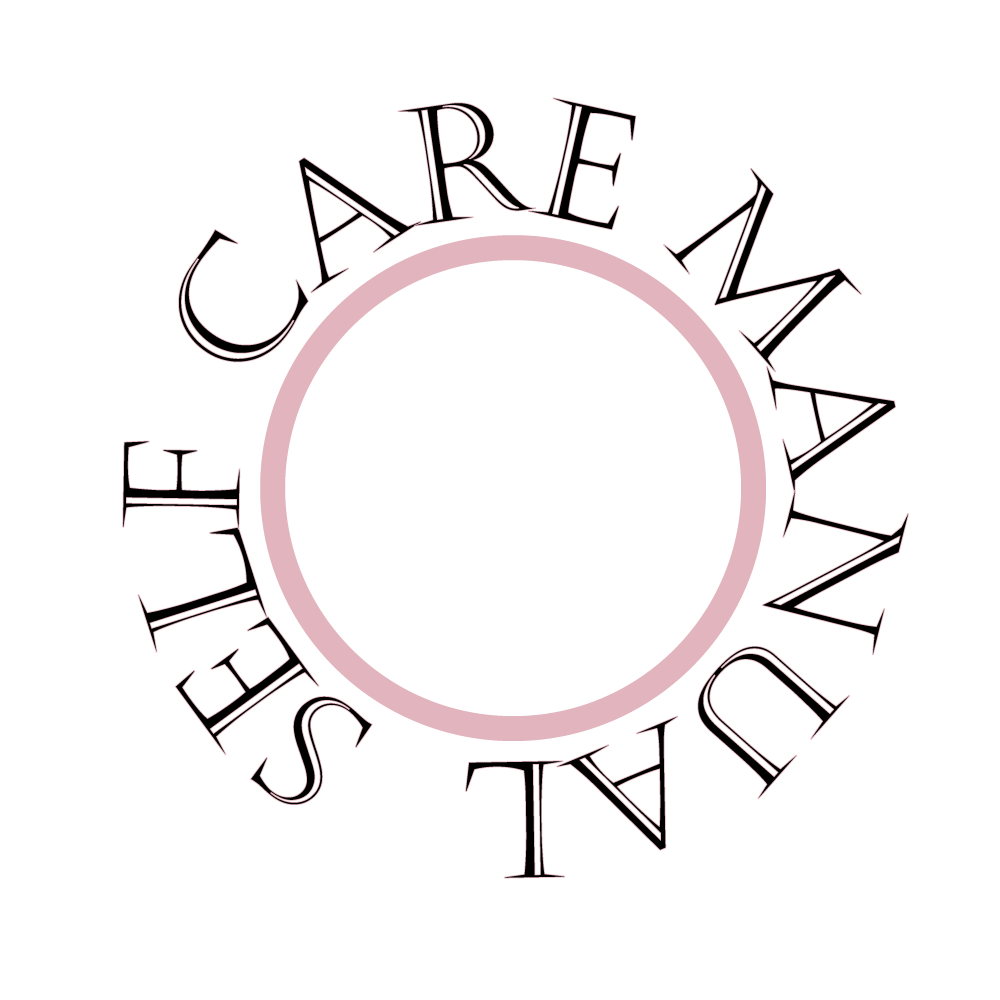What’s it Actually Like to Work From Coffee Shops
Since the pandemic shifted many to remote work, there's been a surge in people seeking out alternative places to work. One increasingly popular choice? Coffee shops. I'm among those who've taken to working like this from time to time.
But why the move from home offices to coffee shops? It's partly because of something sociologist Ray Oldenburg called the "third place" concept. Basically, it's about finding social spots beyond home and work where people can connect and unwind. Coffee shops fit the bill perfectly, offering a welcoming environment.
It's also about breaking out of the routine, dressing up a bit, and enjoying the atmosphere. Plus, it's a chance to run into friends who are also working remotely.
Let’s look at the pros and cons of this trend. From the appeal of good coffee to the distractions of background noise.
Working (out) Together
Now, let's here’s a comparison to look at: the parallels between working in coffee shops and joining a workout class.
Both scenarios involve being surrounded by others engaged in similar activities, and having a somewhat shared purpose.
Much like choosing to work in a coffee shop, opting for a workout class is a deliberate decision. People join workout classes not out of obligation but because they want to be healthy and fit. Similarly, the allure of coffee shop work lies in its ability to break the monotony of home offices and traditional workplaces, providing a change of scenery and a chance to interact with like-minded individuals.
Research, such as the study titled "Exercise contagion in a global social network" by Sinan Aral and Christos Nicolaides, supports the idea that working out with friends can significantly impact one's commitment and effort. This phenomenon, often referred to as "exercise contagion," suggests that individuals are influenced by the behavior of those around them. When surrounded by motivated peers in a workout class, individuals are more likely to push themselves harder and remain dedicated to their fitness goals.
Similarly, the social atmosphere of coffee shops can positively influence productivity and focus.
Moreover, the flexibility inherent in both scenarios is key. Just to be clear, I’m not advocating for people returning to the office (and I don’t particularly enjoy working in an office myself).
Just as people have the freedom to choose when and where to exercise, opting for different workout classes based on their preferences and schedules, working in coffee shops offers the flexibility to switch up environments.
Networking Opportunities
Networking opportunities in coffee shops have become more common, especially in big cities where remote work is popular. Let's look at how these places help people connect and grow professionally:
Busy Places: great for finding new connections and meeting people who do different kinds of work.
Different People: a mix of backgrounds and skills makes it a good place to network and meet new people in different fields.
Chance Meetings: one cool thing about coffee shop networking is that you can meet interesting people by chance.
Relaxed Networking: Unlike formal events, networking in coffee shops is more relaxed.
Building a Community: you'll start recognizing familiar faces and may even collaborate with others on projects.
The Drawbacks
Now, let’s consider the drawbacks:
Noise: Coffee shops can be noisy, making it hard to focus. Conversations, music, and machine noises can disrupt concentration.
Limited Space and Comfort: Finding a comfortable spot to work with enough space for your belongings can be difficult. Balancing your coffee, pastry, and laptop on small tables or your lap is not always easy or comfortable.
Internet Connectivity: Although many coffee shops offer free Wi-Fi, the quality and reliability of the connection may vary. This inconsistency can disrupt tasks that require a stable internet connection.
Distractions: Besides noise, other distractions like friends stopping by or frequent trips to the counter can disrupt workflow.




Let us take a look at a couple of small tips and good practices that should help you start your fashion gig on the right foot and make your brand pop up on the mainstream radar.